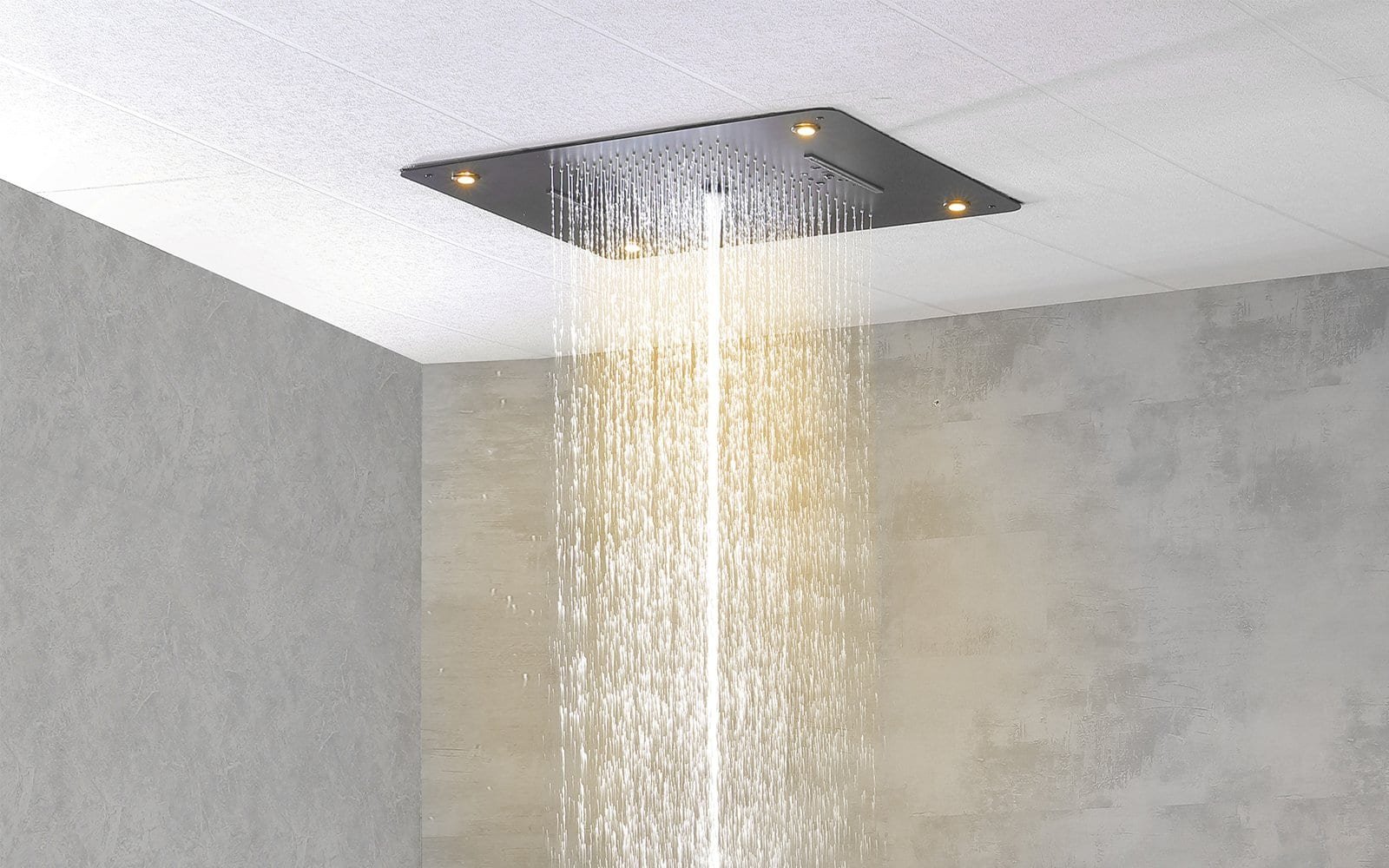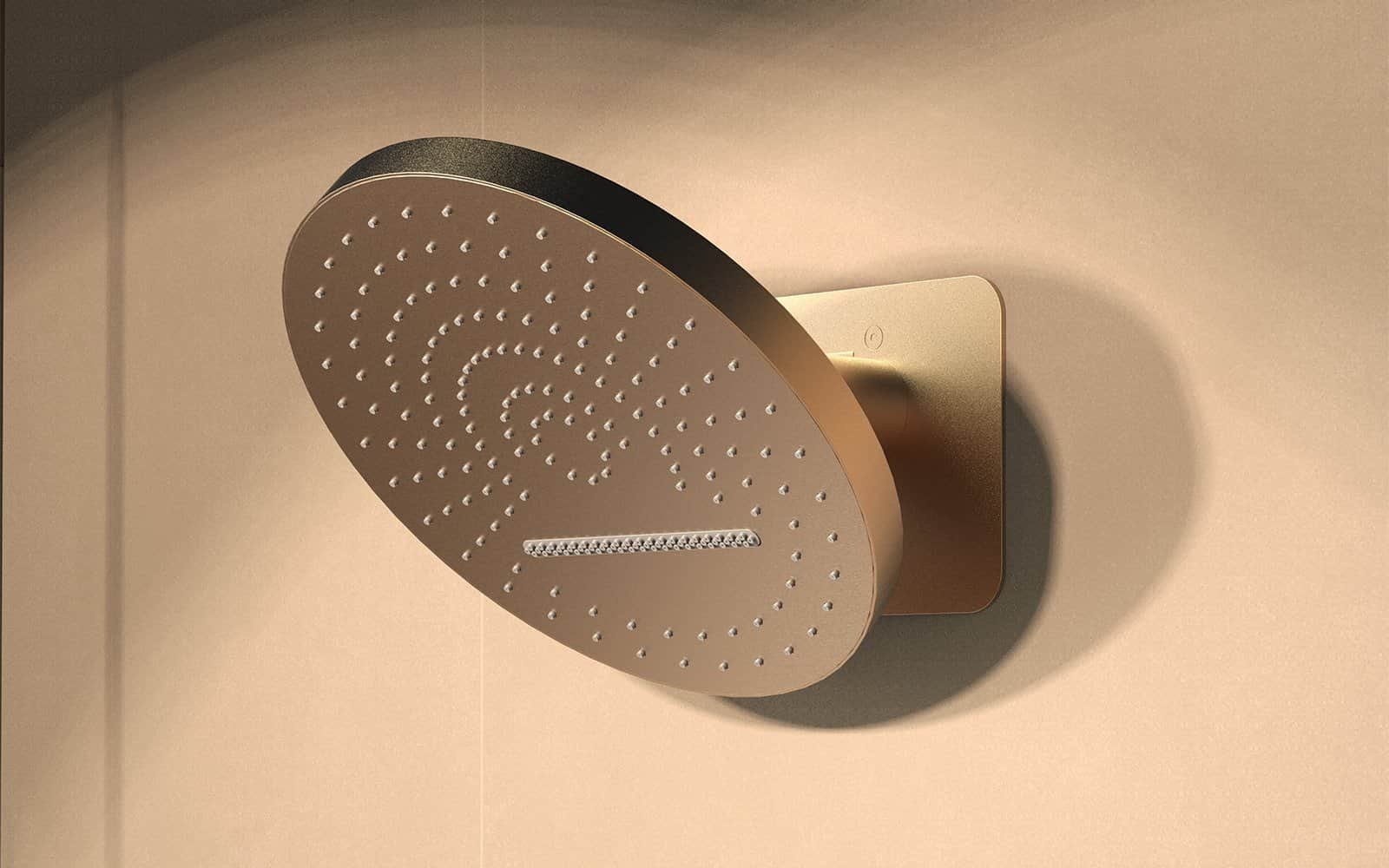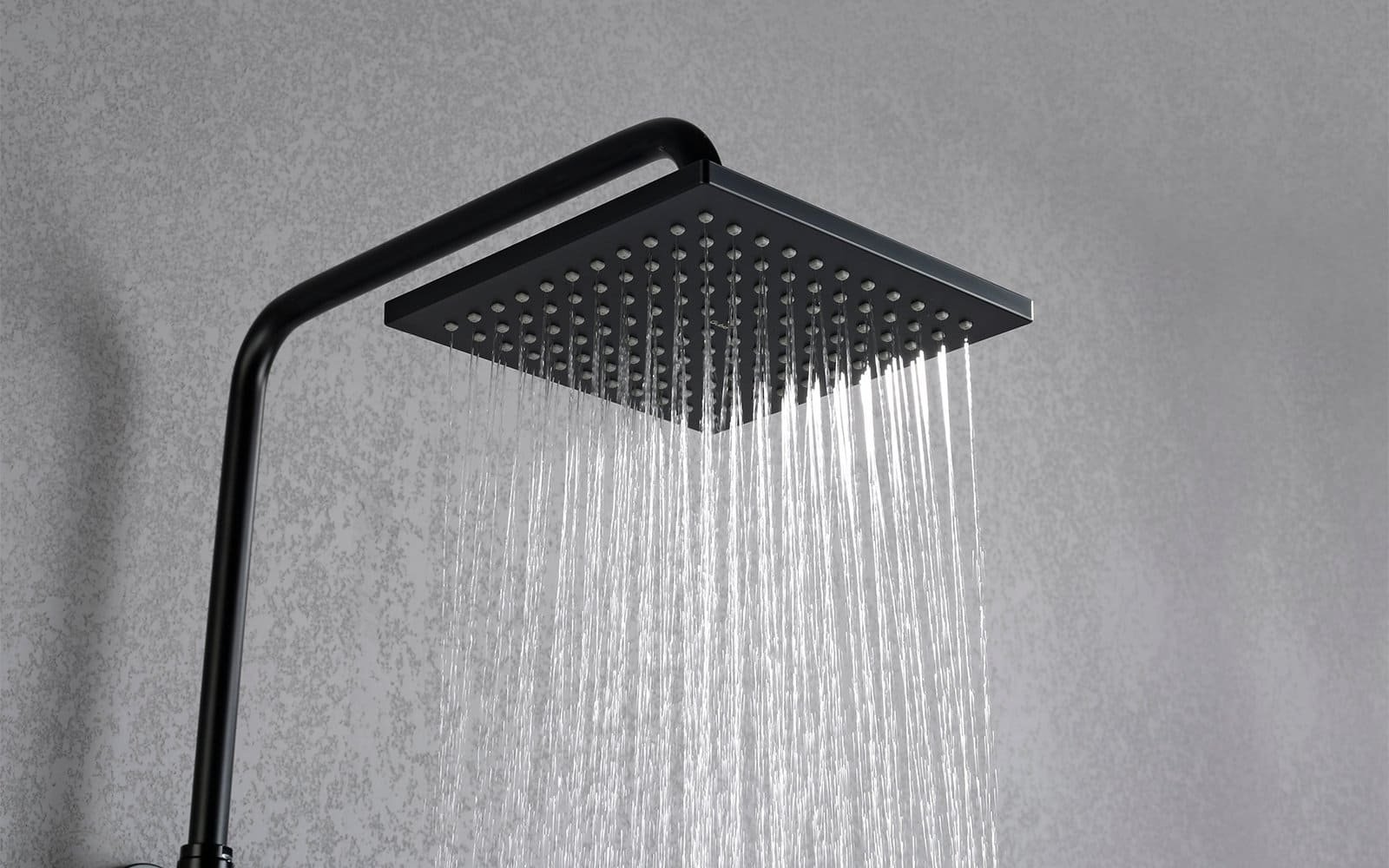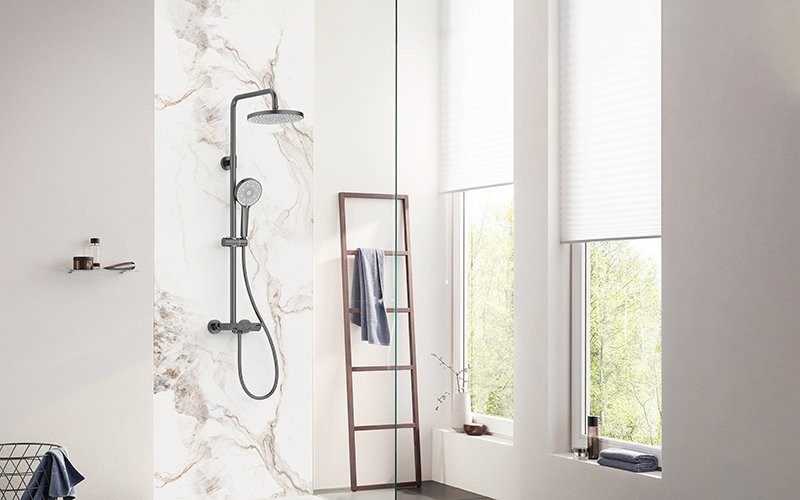Table of Content

A Rain Shower System can be a notable addition to a bathroom, offering a unique feel inspired by nature. With its wide spray pattern, it can change the dynamic of your daily shower. If you are considering a different type of shower experience, this could be a suitable upgrade for your bathroom.
What is a Rain Shower System?
A Rain Shower System is designed to make you feel like you’re standing under a gentle waterfall or rain shower. It usually has large overhead showerheads that cover a wide area for a soft, immersive experience. Unlike regular showerheads that focus water in one spot, rainforest systems spread water evenly over a larger area, giving you a more soothing, all-over shower.
Features of a Rain Shower System:
- Wide Overhead Showerhead: The hallmark of the rainforest shower system, designed to cover your entire body.
- Waterfall-Like Flow: Water flows in a soft, rain-like pattern, providing a gentle experience.
- Customizable Settings: Some systems come with adjustable water flow patterns and spray settings, allowing you to customize your shower experience.
- Multiple Shower Options: Many rainforest shower systems feature additional hand-held showers, body sprays, and adjustable settings for a fully customizable bathing experience.
Benefits of Rain Showers
Full-Body Coverage: A rain showerhead has multiple nozzles that spread water over a wide area, so you don’t need to move around to get full coverage.
Unique Showering Experience: Unlike standard showerheads, rain showerheads create a soothing experience by letting water gently fall over your head and body, like raindrops. It can create a soothing sensation after a busy day.
Aesthetically Pleasing: Rain showerheads are often the most attractive part of the bathroom. They add a touch of elegance and sophistication to the space.
Easy to Clean: Rain showerheads are large and flat, making them super easy to clean with just a quick wipe of a soft cloth.

How to Choose the Right Rain Shower System
Selecting the perfect rainforest shower system depends on a variety of factors. Here are some things to consider when making your choice:
Size of Your Bathroom: Rainforest shower systems come in different sizes. If you have a large bathroom, you can go for a bigger system with extra features like a rain showerhead and a handheld shower. For smaller bathrooms, compact or wall-mounted options might work better.
Water Pressure: Some systems need higher water pressure to work well. Before buying, check if your plumbing can handle the required pressure. If your pressure is low, you might need a booster pump or a system that works with lower pressure.
Showerhead Material: The material of the showerhead affects both its look and durability. Stainless steel, brass, and copper are popular choices for their modern style and inherent strength. Pick a material that matches your bathroom’s other fixtures.
Customization Features: Many rainforest shower systems let you adjust spray patterns, have multiple jets, or control the water temperature. Think about which features would make your shower more comfortable and enjoyable.
Installation: Some systems are easy to install yourself, while others may need a pro. Make sure the system comes with all the necessary parts and instructions, or be ready to hire a plumber.

Installing a Rain Shower System: A Step-by-Step Guide
Installing a rain shower system can transform your bathroom. Here’s a simple guide to help you with the process:
Choose the Ideal Location:
Decide where you want to place the showerhead. Ideally, it should be positioned above you, allowing the water to cascade down like rainfall. Make sure to measure the space properly before starting the installation.
Turn Off the Water Supply:
Before working with plumbing, always turn off the water supply to avoid leaks and water damage.
Install the Showerhead Mount:
Install the necessary mounts or brackets for the overhead rain showerhead. These may come with your rainforest system or be purchased separately. Ensure the mount is securely installed and level to prevent any wobbling or misalignment.
Connect the Plumbing:
Attach the showerhead to the water supply. This may require some pipe work, depending on the design of your system. Make sure all connections are tight to prevent leaks.
Test the System:
Once everything is installed, turn on the water and test the system to ensure proper water flow and pressure. Check for any leaks or malfunctions and fix them as needed.
Rain Shower System Maintenance Tips
To ensure that your rain shower system continues to work effectively, regular maintenance is essential:
Clean the Showerhead Regularly:
Over time, mineral deposits can build up in your showerhead. To keep the water flow consistent, clean the showerhead with a descaling solution every few months.
Check for Leaks:
Inspect the system for leaks regularly, especially around the connections. A simple tightening of the connections can often fix minor leaks.
Maintain Water Pressure:
If you notice a drop in water pressure, consider cleaning or replacing any filters in the system. Low water pressure can also be a sign of plumbing issues that need to be addressed by a professional.
Conclusion
A Rain Shower System can add a distinct aesthetic to any bathroom. Its wide, even spray offers a different experience from traditional showerheads. Whether renovating or upgrading, a rain shower system is an option that brings a unique style to your daily routine.
FAQs
Related Posts








